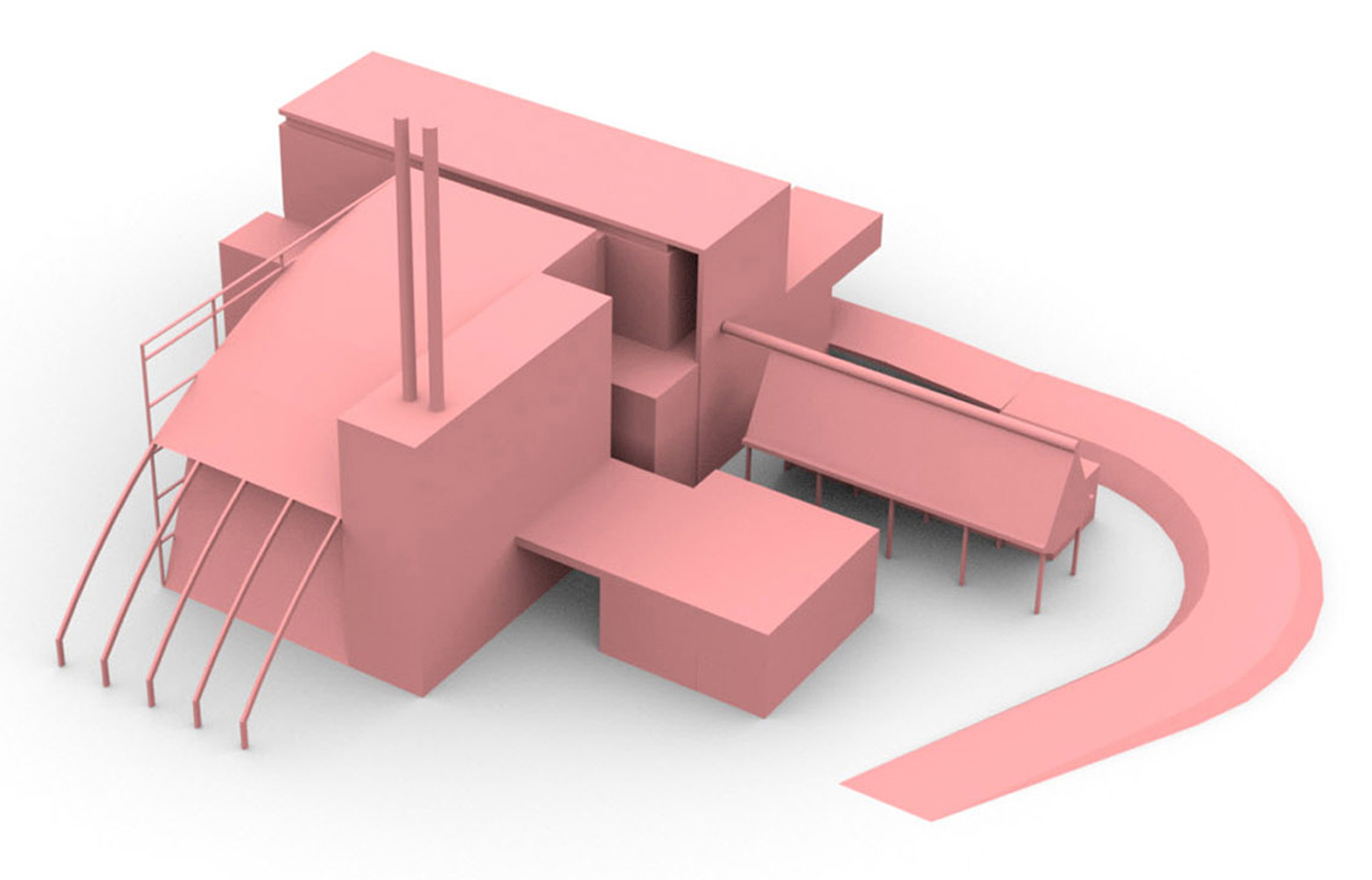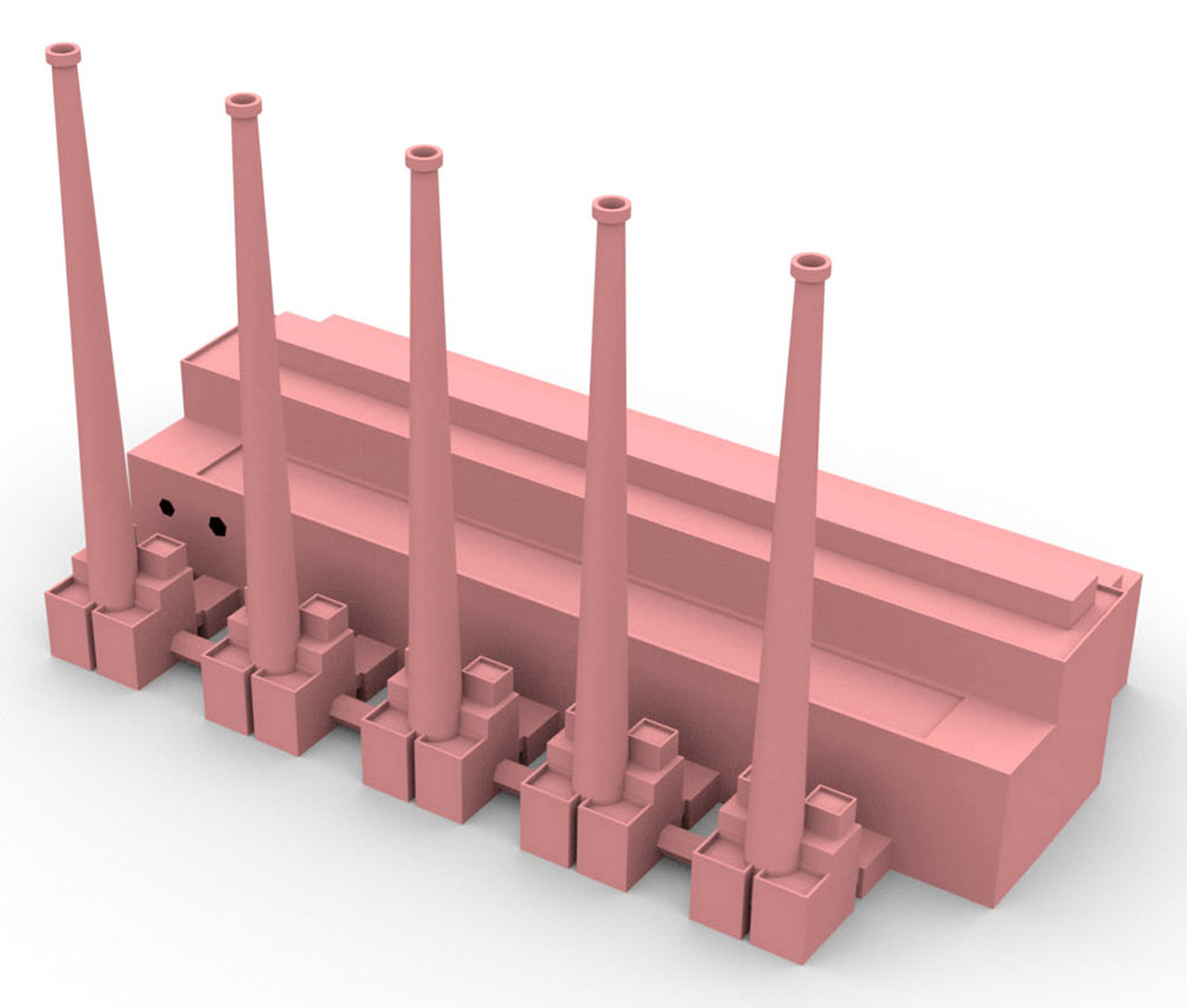Difference between revisions of "Utilities"
(→Safety) |
|||
| Line 46: | Line 46: | ||
==Security issues== |
==Security issues== |
||
Security issues associated with utilities, are amongst others related with the fact that it can be an [[attractive object]] for fanatics. This is due to the potential of critical infrastrcture to magnify the effect of an attack. This makes these kinds of urban objects vulnerable for the following security issues: |
|||
* [[Security issue: Destruction by fanatics]] |
|||
==Measures== |
==Measures== |
||
Revision as of 12:05, 15 March 2013
Utilities are urban objects that form critical infrastructures, needed for maintaining the essential support for sustaining the standard of living.
Contents
Description
Utilities in an urban context are formed by facilities for:
| Utility type | Description | Icon |
|---|---|---|
| Water | Utilities providing essential drinking water services to the different land uses within the urban environment, including residential, commercial, and industrial sectors. Such utilities and the associated infrastructure are often owned and managed by the state, with day-to-day maintenance coordinated by the local authority or muncipality. |  |
| Waste | Utilities to facilitate the treatment of wastewater and sewage from residential, commercial and other premises throughout the urban environment and surrounding hinterland (more rural locations may have individual domestic systems). Such utilities are often highly sensitive to the environment and must be carefully planned and designed. |  |
| Energy | Electricity, fuel and gas utilities that generate, transmit and/or distribute to all urban objects. Energy provision is an essential requirement for a functioning society and economy. |  |
As can be seen from the table above, within Urban Securipedia, the utilities that are focussed on are water![]() , waste
, waste![]() and energy utilities
and energy utilities![]() , while transportation networks
, while transportation networks ![]() are described under a unique category of urban object. Urban Securipedia also has dedicated pages on public health and government services (see:
are described under a unique category of urban object. Urban Securipedia also has dedicated pages on public health and government services (see: ![]() )
)
TO BE COMPLETED...
Functions
Social
Failure of utilities-related infrastructure can result in severe social and cultural conse-quences:
- Types of impact of critical infrastucture failure on citizens and society and needs to protect it
- Societal aspects of failure of critical services
Urban planning practice must therefore incorporate appropriate security measures for vulnerability identification and resilience enhancement, including from the societal point of view. Vulnerability assessment should thus take place based on different sets of indicators, from physical to social, and across several levels of reference, from individ-ual to cultural community. We know that citizens’ felt risks to urban infrastructure and needs to protect can be influenced according to ownership structure (public vs. private owners; domes-tic/foreign owners). This is an aspect of general types of impact of critical infrastructure failure on citizens and society and needs to protect it. Moreover, utilities can also be associated with citizens’ perception of individual dependence, which can increase their perception of risks to related infra-structure and needs to protect it. Therefore, related risk assessment for urban planning should identify related levels of risk perception at the level of the citizens as the end-users of urban utilities. VITRUV identified a set of practical methods for such citizen participation.
Economic
Since most of the utility services (e.g. water, waste, energy) are essential for the quality of life, they are integral to household, commercial and industrial productivity, and hence the creation of welfare. Utilities create direct economic impact as a result of the production of utility goods, but also have an direct and indirect impact on the urban environment in terms of land use, habitat fragmentation, noise and smell generation, air pollution, a change in the quality of surface water, etc. These effects have also economic impacts.
Utilities have to deal with several security issues, ranging from theft, vandalism, assaults, and the looming threat of terrorism. Especially large scale criminal and terrorist threats can cause catastrophic economic damage since so many individuals and companies depend on it. Most utility infrastructure, however, is many years old, and is not built with today’s security in mind. Hence, if there is one type of urban object that can use serious security measures, it is utilities, and due to the integral role with economic productivity in the urban environment, these security measures have a large indirect economic impact, the so-called economic impact of security threats. In addition, due to the need of space, utilities are in many cases located in the more remote areas of a city, creating specific security issues.
Mobility
Safety
Some utilities contribute directly to the safety, welfare and well-being of people. In this case, the object is said to belong to the critical infrastructure. For all of the included utility types water![]() , waste
, waste![]() and energy utilities
and energy utilities![]() this is true. Disruption of these services can result in unsafe situations, such as drinking contaminated water, unsanitary conditions or no protection from the cold because heater do not work without electricity.
this is true. Disruption of these services can result in unsafe situations, such as drinking contaminated water, unsanitary conditions or no protection from the cold because heater do not work without electricity.
Security issues
Security issues associated with utilities, are amongst others related with the fact that it can be an attractive object for fanatics. This is due to the potential of critical infrastrcture to magnify the effect of an attack. This makes these kinds of urban objects vulnerable for the following security issues:
Measures
Footnotes and references